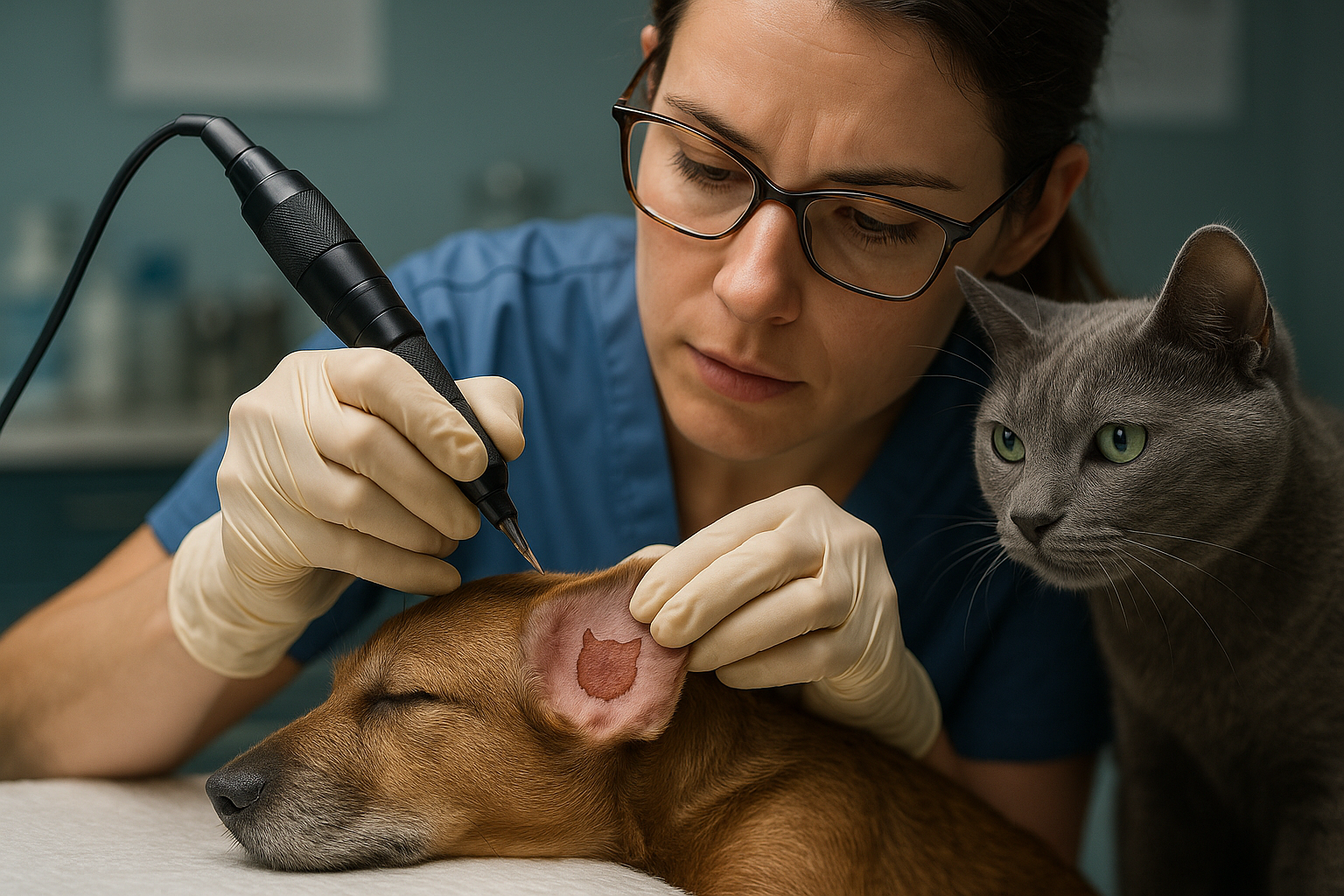Recognizing Behavioral Changes in Aging Companions
As companions grow older, subtle shifts in behavior often signal changes in health, comfort, or environment. Recognizing these signs early—such as altered grooming habits, reduced socialization, changes in appetite, or new anxiety—helps caregivers address needs through tailored nutrition, veterinary assessment, and environmental adjustments. Awareness supports better senior care and quality of life.

Older companions often show changes that are easy to overlook at first. Rather than a single sudden shift, aging-related behavior evolves: sleep patterns may change, responses to familiar people or places can alter, and routine activities like grooming and play might drop off. Observing and recording when these shifts happen gives context for conversations with a veterinarian and helps identify whether changes are due to pain, cognitive decline, sensory loss, or other treatable causes.
How does behavior change with age?
Behavioral changes in aging animals can include increased irritability, disorientation, restlessness, or reduced interest in previously enjoyed activities. These signs may indicate cognitive decline, pain (often from arthritis or dental disease), sensory impairment such as hearing or vision loss, or medical problems like endocrine disorders. Track frequency, triggers, and severity of behaviors so you can report clear examples to a clinician. Simple logs of sleep, appetite, and interactions provide valuable information for diagnosis and management.
What role does nutrition and hydration play?
Nutrition and hydration influence behavior and overall health in senior companions. Age-appropriate diets formulated for seniorcare often have adjusted calorie content, increased joint-support nutrients, and tailored fiber for digestive health. Dehydration can cause lethargy, confusion, and reduced activity; ensure fresh water is always available and consider wet food or water fountains for pets that drink less. Monitor weight regularly, because both weight loss and gain can change mobility, mood, and susceptibility to other conditions, affecting behavior and training responsiveness.
How can grooming and dental care help?
Reduced grooming or changes in coat quality can reflect mobility issues, dental pain, or skin allergies. Regular grooming sessions help you spot lumps, skin irritation, or parasites earlier and provide gentle handling that supports socialization. Dental problems are common in older animals and can cause significant behavioral changes due to chronic pain; bad breath, reluctance to eat hard food, or pawing at the mouth are cues. Consistent dental checks, home dental care when advised, and professional cleanings when recommended can improve comfort and behavior.
How to maintain training, socialization, and enrichment?
Training and mental enrichment remain important for senior companions. Short, low-impact training sessions help maintain cognitive skills and reduce anxiety; use positive reinforcement tailored to physical limitations. Socialization should be adjusted—some seniors prefer quieter, shorter interactions rather than high-energy group situations. Provide enrichment through scent games, puzzle feeders, gentle play, and new but manageable experiences; these activities support mental health and can decrease destructive or repetitive behaviors often associated with boredom or cognitive decline.
How to manage medical needs, parasites, vaccination, and safety?
Regular veterinary visits are essential for monitoring conditions that affect behavior. Vaccination needs may change with age and lifestyle, and parasite prevention remains important for comfort and disease prevention. Safety measures—such as non-slip flooring, ramps, secure microchipping, and medication management—reduce stress and injury risk. Keep a firstaid kit appropriate for pets and review it with your vet. Be mindful of allergies and medication sensitivities in older animals; adverse reactions can present as sudden behavioral shifts. If travel is necessary, plan for mobility and stress-management strategies to reduce anxiety.
What about monitoring mobility, travel, and microchipping?
Mobility changes affect daily routines: difficulty navigating stairs, reluctance to jump, or slower gait may lead to frustration or withdrawal. Adjust the environment with supportive bedding, accessible food and water dishes, and ramps to ease movement. When travel is unavoidable, use secure carriers, allow familiar items for comfort, and consult a veterinarian about motion sickness or sedatives if needed. Microchipping remains a reliable way to reunite with a lost companion; keep contact information up to date to avoid prolonged stress if separation occurs.
Conclusion Behavior changes in aging companions are multifactorial and often interrelated: medical conditions, diet and hydration, dental health, grooming, training, enrichment, and safety all influence how an older animal behaves. Careful observation, routine veterinary care, and small environmental or lifestyle adjustments can greatly improve comfort and quality of life. Consistent monitoring and a holistic approach help distinguish between normal aging and treatable problems, guiding better care for senior companions.





